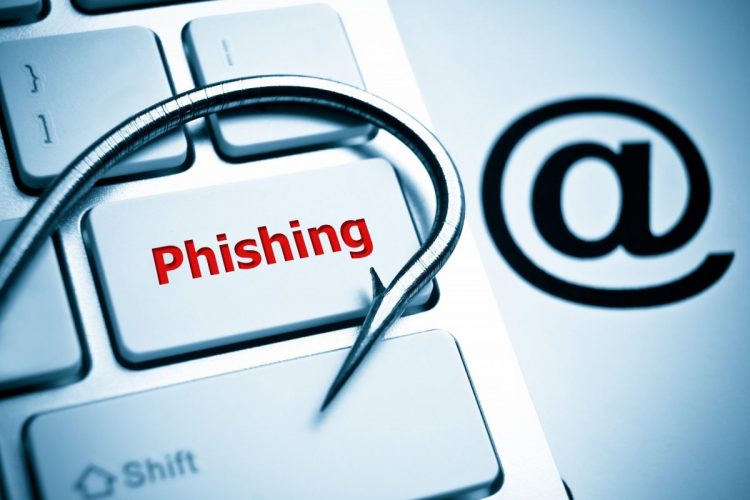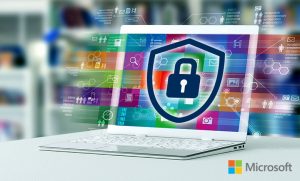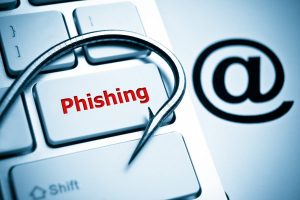Defending Against Phishing: Awareness and Prevention
Phishing attacks remain one of the most pervasive and damaging cybersecurity threats for businesses today. With increasingly sophisticated techniques, attackers exploit human vulnerabilities to gain unauthorized access to sensitive information, disrupt business operations, and compromise security. This article provides a comprehensive overview of phishing attack methods, discusses the importance of proactive employee training and simulated phishing tests, and shares actionable strategies for implementing effective phishing prevention measures.
Understanding Phishing: The Most Common Attack Vector
Phishing is a form of social engineering attack where attackers deceive users into divulging confidential information, such as login credentials, financial data, or personal details. These attacks typically involve fraudulent communications, often appearing as legitimate messages from trusted entities. As these tactics evolve, it's crucial for organizations to understand the different types of phishing attacks and how they impact business security.
Types of Phishing Attacks
1. Email Phishing
Email phishing is the most widespread form, where attackers send fake emails that mimic legitimate entities, often directing recipients to a malicious website to enter their credentials or download malware. These emails are commonly crafted to induce a sense of urgency, leading users to act quickly without considering potential risks.
2. Spear-Phishing
Unlike generalized email phishing, spear-phishing targets specific individuals or organizations. Attackers personalize these messages using information gathered from social media or public records to increase credibility. This targeted approach is highly effective in compromising sensitive business accounts or privileged user access, making it one of the most dangerous phishing types for organizations.
3. Whaling (Business Email Compromise)
Business Email Compromise (BEC), also known as whaling, targets high-level executives or individuals with financial authority. Attackers often impersonate a senior executive or trusted business partner, requesting urgent actions such as wire transfers or access to confidential documents. With considerable financial stakes, whaling poses a significant threat to organizations worldwide.
4. Smishing and Vishing
Smishing (SMS phishing) and vishing (voice phishing) attacks use SMS and phone calls, respectively, to deceive victims. Smishing attacks often include malicious links within text messages, while vishing involves impersonation via phone calls. Both methods aim to extract sensitive data or convince users to install harmful software on their devices.
5. Clone Phishing
In clone phishing, attackers create an identical replica of a legitimate email that the user has previously received. However, they replace legitimate links or attachments with malicious ones. This method exploits user familiarity, making it easier for attackers to deceive unsuspecting victims.

The Importance of Employee Training and Simulated Phishing Tests
Effective phishing prevention requires a proactive approach that goes beyond traditional security software. One of the most critical defenses against phishing is well-informed employees who can recognize and report suspicious activities. Implementing regular employee training and simulated phishing tests can dramatically reduce the success rate of phishing attacks.
Employee Training: A Key Component of Phishing Prevention
Phishing attacks exploit human vulnerabilities, making employee training a foundational element in defense. When employees are equipped with the knowledge to identify phishing attempts, they become active participants in safeguarding the organization.
Key Training Areas:
- Recognizing phishing cues: Encourage employees to look for telltale signs such as unexpected sender addresses, urgent language, and suspicious attachments.
- Avoiding risky behavior: Emphasize the importance of not clicking on links or downloading attachments from unknown sources.
- Reporting procedures: Establish a clear process for employees to report suspected phishing attempts, enabling rapid response.
Simulated Phishing Tests: Building Real-World Awareness
Simulated phishing tests are an effective tool to assess employee awareness and response to phishing attempts. By mimicking real phishing scenarios, organizations can measure employee behavior, provide constructive feedback, and improve overall resilience.
Benefits of Regular Phishing Simulations:
- Identifies vulnerable users and departments, allowing for targeted training.
- Reinforces the importance of vigilance by exposing employees to realistic phishing scenarios.
- Reduces organizational risk by strengthening the “human firewall” against phishing attacks.
These simulations should be conducted regularly to ensure that all employees are continually aware of the latest phishing tactics and remain prepared to handle real threats.
Leveraging Technology for Phishing Detection and Prevention
In addition to training, organizations should adopt technological solutions to strengthen phishing defenses. Azure Security Center offers comprehensive security monitoring and detection tools, which can be leveraged to enhance an organization’s phishing prevention efforts.
Using Azure Security Center for Phishing Detection
Azure Security Center provides an array of tools to identify and mitigate phishing risks before they compromise your organization. Through real-time analysis and machine learning, it can detect suspicious patterns and alert security teams to potential threats.
Azure Security Center Features for Phishing Prevention:
- Advanced Threat Detection: Azure’s threat intelligence algorithms continuously analyze email traffic and user behaviors to identify potential phishing threats, reducing the likelihood of successful attacks.
- Automated Response: Azure Security Center can trigger automated responses to detected threats, such as blocking emails from suspicious sources, isolating affected accounts, and notifying IT security teams.
- Conditional Access Policies: Using Conditional Access Policies within Azure Active Directory (AD) allows for enhanced control over user access, only permitting logins from verified devices or locations. This approach significantly reduces the effectiveness of compromised credentials in phishing attacks.
PTG Tip: Implement Conditional Access Policies to minimize phishing risks by restricting login access based on the user’s location, device, and risk level. This extra layer of security ensures that even if credentials are compromised, attackers cannot access the system without additional verification.
Best Practices for Phishing Prevention
To strengthen your defenses, consider implementing the following best practices for comprehensive phishing prevention:
- Enable Multi-Factor Authentication (MFA): Requiring MFA for all user accounts is one of the most effective ways to prevent unauthorized access, even if credentials are compromised.
- Keep Software Updated: Regularly update all software, including operating systems and security programs, to protect against vulnerabilities that phishing attacks might exploit.
- Establish a Security-Aware Culture: Create a culture where employees feel responsible for cybersecurity. Encourage them to report suspicious activity, and recognize those who actively contribute to a secure workplace.
- Deploy Endpoint Protection: Use endpoint protection tools to monitor devices and prevent malware that can spread through phishing attacks.
- Utilize a Secure Email Gateway: Secure email gateways can filter malicious emails and block phishing attempts, reducing the number of threats that reach your employees.
Conclusion: Safeguard Your Organization from Phishing Threats
In today’s rapidly evolving cyber threat landscape, phishing awareness and prevention are essential for every organization. By understanding the different types of phishing attacks, implementing robust employee training and simulated tests, and leveraging advanced tools like Azure Security Center, businesses can minimize their vulnerability to phishing threats. Combining these strategies with best practices, such as Multi-Factor Authentication and a security-aware culture, builds a resilient defense that safeguards sensitive information and maintains operational integrity.
Proactive measures, continuous employee engagement, and strategic use of technology will empower your organization to stay one step ahead of phishing threats, securing both your assets and your reputation.



